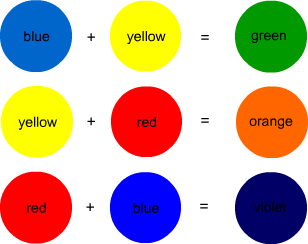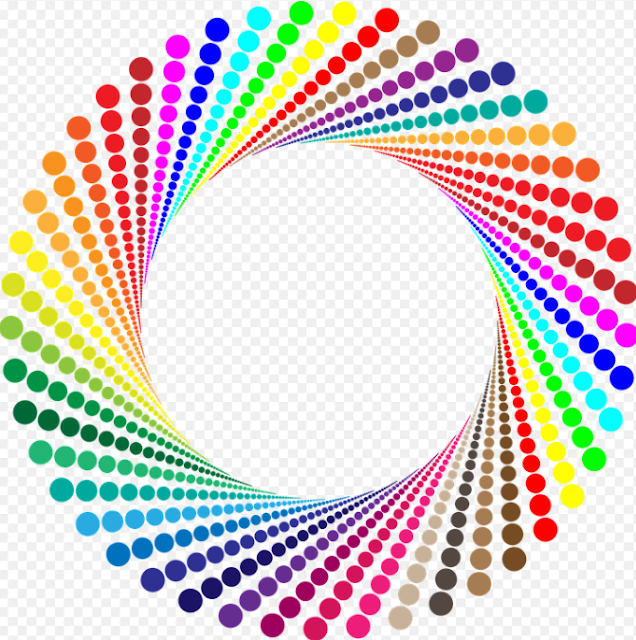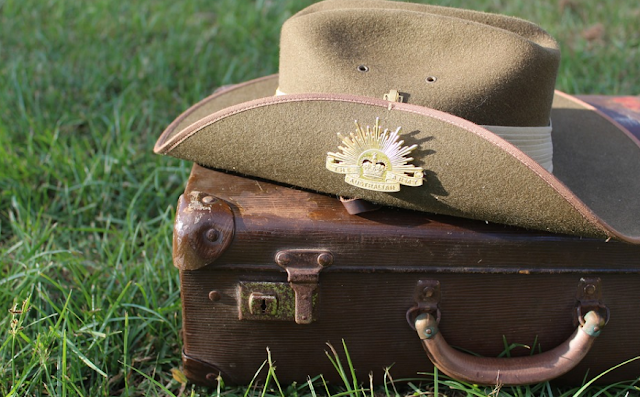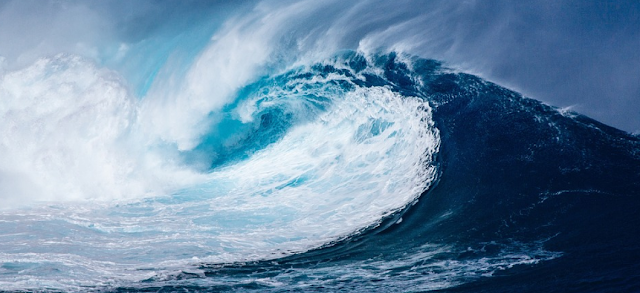SECONDARY COLORS
The Secondary colors
The secondary colors are the colors formed from the combination of two primary colors. The secondary colors are orange, violet and green.
Orange is made from the combination of red and yellow. Purple (or violet) is created by the union of the colors red and blue. Green is produced with blue and yellow.
This combined system follows the so-called color theory (also known as the RYB system), developed by the iconic Italian artist Leonardo da Vinci, among other famous people, such as Isaac Newton and Goethe.
Currently, however, the RYB system scientifically (red, yellow and blue is considered incorrect). But, even so, this model is still popularly considered.
The CMYK (Cyan , Magenta , Yellow and Key) became the official system, used mainly among professionals linked to the graphic designer. In this system, which is based on the combination of light colors, the color yellow, magenta and cyan are the secondary colors, which are also called subtractive. The letter K (key) is black, which is the absence of color.
Secondary and tertiary colors
Tertiary colors are formed from the combination of a primary color with a secondary color.
For example: the combination of red (primary color) with orange (secondary color) creates the red-orange (tertiary color).
Painting tips for secondary colors
In general, it is not really necessary to buy secondary colors. Yes, it is true that you can mix a wide range of secondary colors from three warm primary colors and three cool ones but in practice, sometimes that's too much work when you're painting.
My suggestion is to have at least one pure orange, one pure purple and one pure green at hand. If your budget allows, you can get three that lean toward cool and three that lean toward warm. Again, let me remind you. Your mixes will be cleaner and much easier to control if you keep the color of the paint with pure pigment.




Comentarios
Publicar un comentario